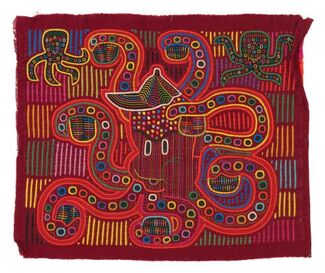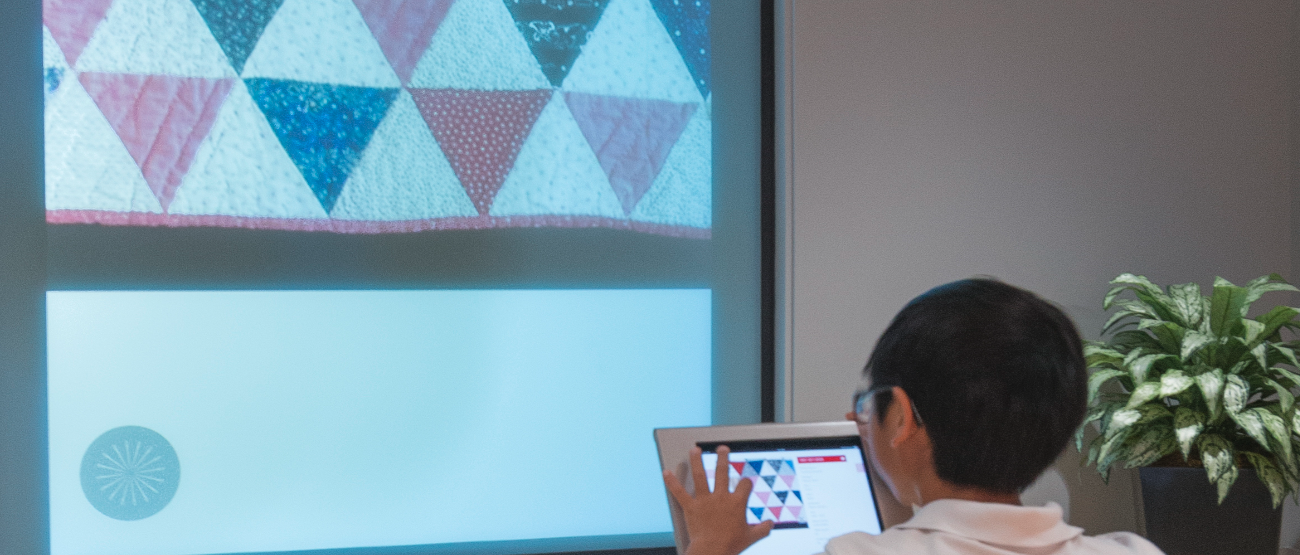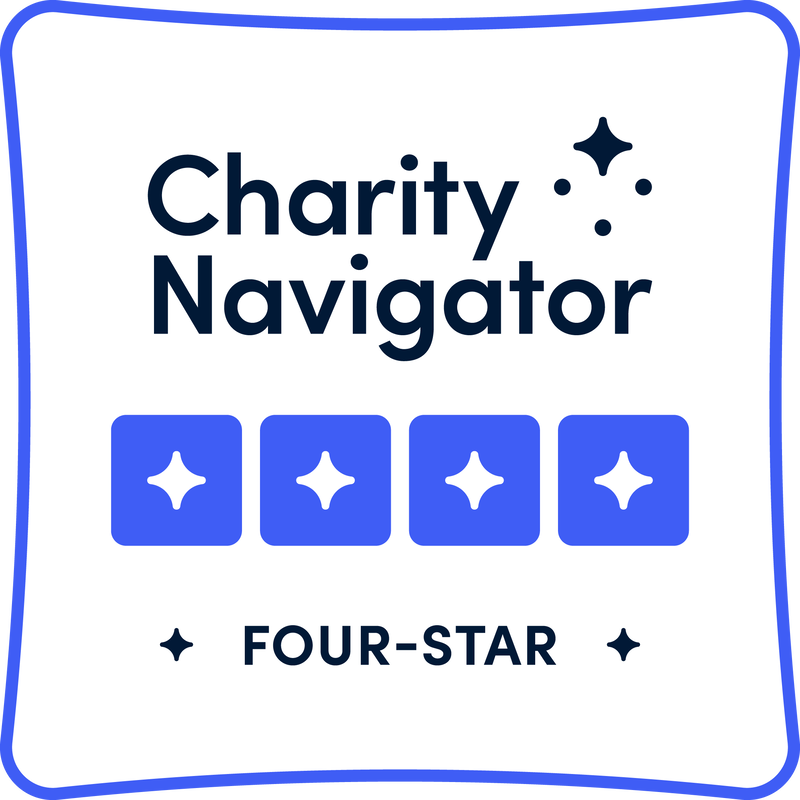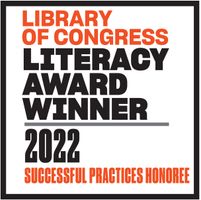Partner Highlight for Native American History Month - Q & A with the International Quilt Museum11/13/2023 As a nonprofit, ReadWorks is in a distinct position to easily partner with organizations, museums, and universities to provide more than 6,000 FREE, high-quality texts and resources to build background knowledge, grow vocabularies, and strengthen strategic reading. Please enjoy this Q & A with the International Quilt Museum (IQM), located in Lincoln Nebraska and check out all the IQM content within the ReadWorks library! 1. Can you share a brief introduction to the International Quilt Museum? Nebraska natives Robert and Ardis James’s decision to start a quilt collection was a personal one – to save quilts and the information that could be learned from one. Realizing what could be lost, the Jameses decided to build a collection that would save the whole picture of quilt history – time, place and workmanship. In 1997, after much discussion, the Jameses offered their collection, which consisted of nearly 1,000 pieces, to the University of Nebraska with the caveat that a State-of-the-art storage facility would be built to house it and an academic program in the Department of Textiles, Fashion Design and Marketing would be built around this unique resource. Initially the collection was stored in a renovated climate-controlled space and was known as the International Quilt Study Center. The Center used the quilts to create exhibitions displayed in galleries on campus and around the world. It was a dynamic center of formal and informal learning for students, teachers, scholars, artists, quilters and the public. In 2008, to accommodate the growing collection, the International Quilt Study Center, now known as the International Quilt Museum, moved into a 37,000 square foot building with three exhibition galleries and state-of-the-art storage. The Museum was expanded in 2015 and now has five formal galleries and two public spaces for community and educational exhibitions. The Museum welcomes over 20,000 visitors from all 50 states and an average of 38 countries visit the museum annually. Visit the IQM from anywhere, anytime! View their digital galleries. 2. When student groups come to the Museum, how do they typically engage with exhibits? Student groups are always led by a docent, which is a professional member of our team or a trained volunteer. Upon welcoming student groups to the museum, the docent provides sample pieces of a quilt that students can touch. These touch pieces help students be able to see the three layers of the quilt, feel the fabrics that might make a quilt, and have a better understanding of how a quilt is designed and created. The touch pieces also help to satisfy students’ desire to feel the objects they see, since there is no touching of the objects on exhibit. During a museum tour, docents have two main goals for their student groups: Look and Engage. We want students to feel comfortable looking closely at something in order to study or understand it. We also want students to engage in discussion based on their observations. Docents provide guiding questions about color, design, construction, and other concepts of art, and students are given opportunities to discuss their thoughts with a partner, or to share them with the group. Quilts are familiar to students; many have seen them before or have a personal connection to a particular quilt or quilt-maker. Quilts are a great vehicle for discussion about various art concepts, because quilts are non-intimidating and something that many students have already have some level of exposure to. Quilting also ties to so many other topics of study: history, math, art, design, and social studies. You can quickly discover a student’s interests in talking about quilts; there is always something to relate to. We host a variety of student groups. We see every 4th grader in Lincoln Public Schools annually on a field trip to the International Quilt Museum, as well homeschool groups, summer campers, collegiate interns, and classes of university students.  Creating a complex mola design like this takes days of expert hand stitching. Creating a complex mola design like this takes days of expert hand stitching. 3. Quilting can be tied to nearly all cultures, histories, and traditions - we’d love to walk through some of the content IQM & ReadWorks have worked together to provide for free to millions of students: What importance does quilting play in Native American/Black/Hispanic History and Heritage? As the International Quilt Museum, we put a lot of intention into how we describe and celebrate quilts from a variety of cultures. Each quilt is as unique as its creator. We are honored to house quilts from sixty-six countries around the world, including quilts made from Black and indigenous artists and makers, as well as other artists and makers of color. Within each culture and heritage, there is an amazing variety of artistry, intention, and style. Quilts vary from person to person, and are an expression of each individual's experience. The function of every quilt is also unique to its creator. Quilts from around the world have been made for religious or spiritual ceremonies, for protection, to celebrate a birth or wedding, or to mourn a death. Quilts have also been created as part of a social or community event, to document history, to send a message, to evoke emotion, to inspire awe, to showcase creativity, to raise funds, and as a means of providing for one’s family. A quilt is not culturally defined, but rather each individual’s choice. Use all the IQM texts for Native American History lessons and more. Available on ReadWorks right now. Written by: Lindy Clausen, Education Coordinator and
Leslie C. Levy, J.D., Ardis & Robert James Executive Director, International Quilt Museum
0 Comments
Leave a Reply. |
Categories
All
Archives
July 2024
|
















